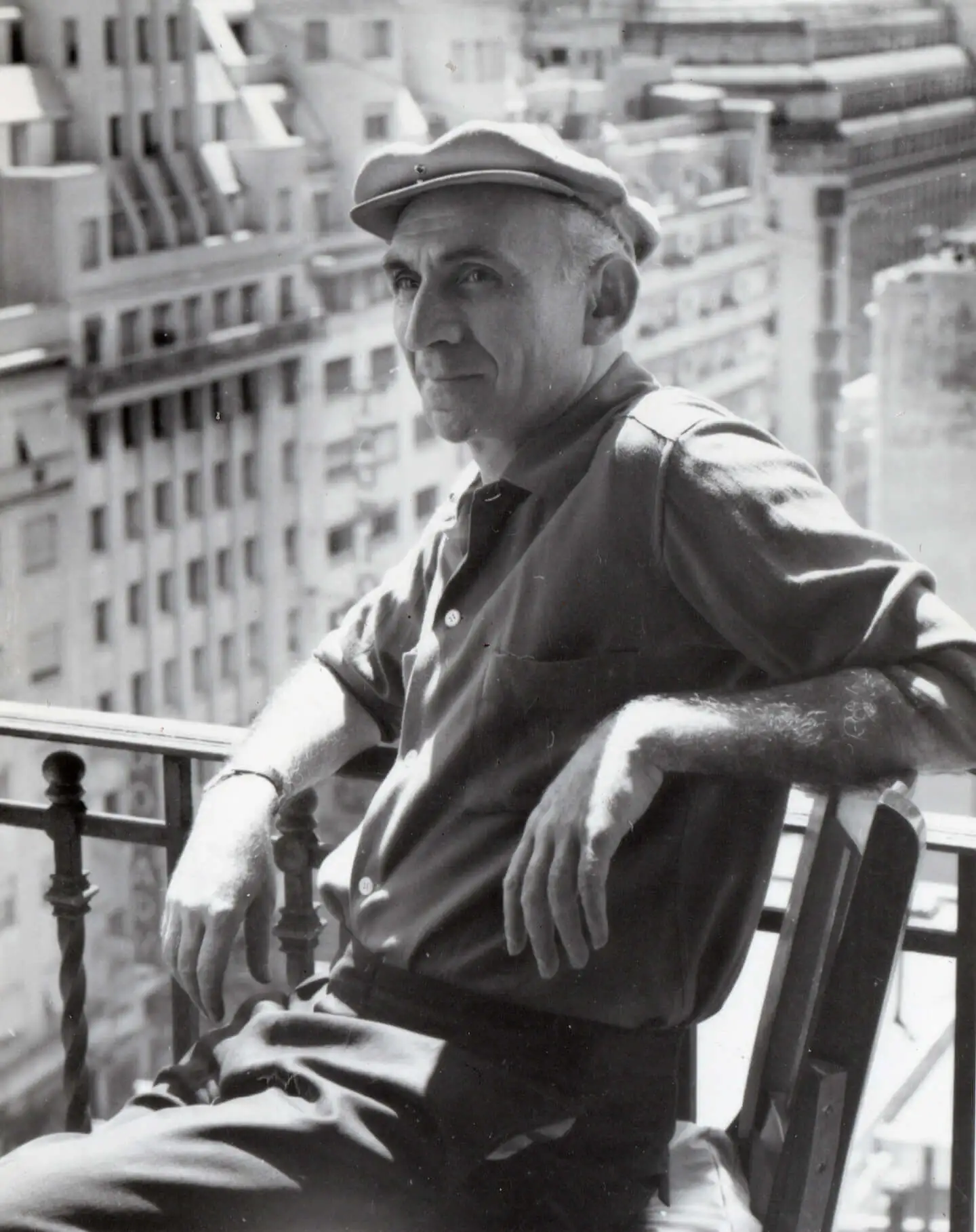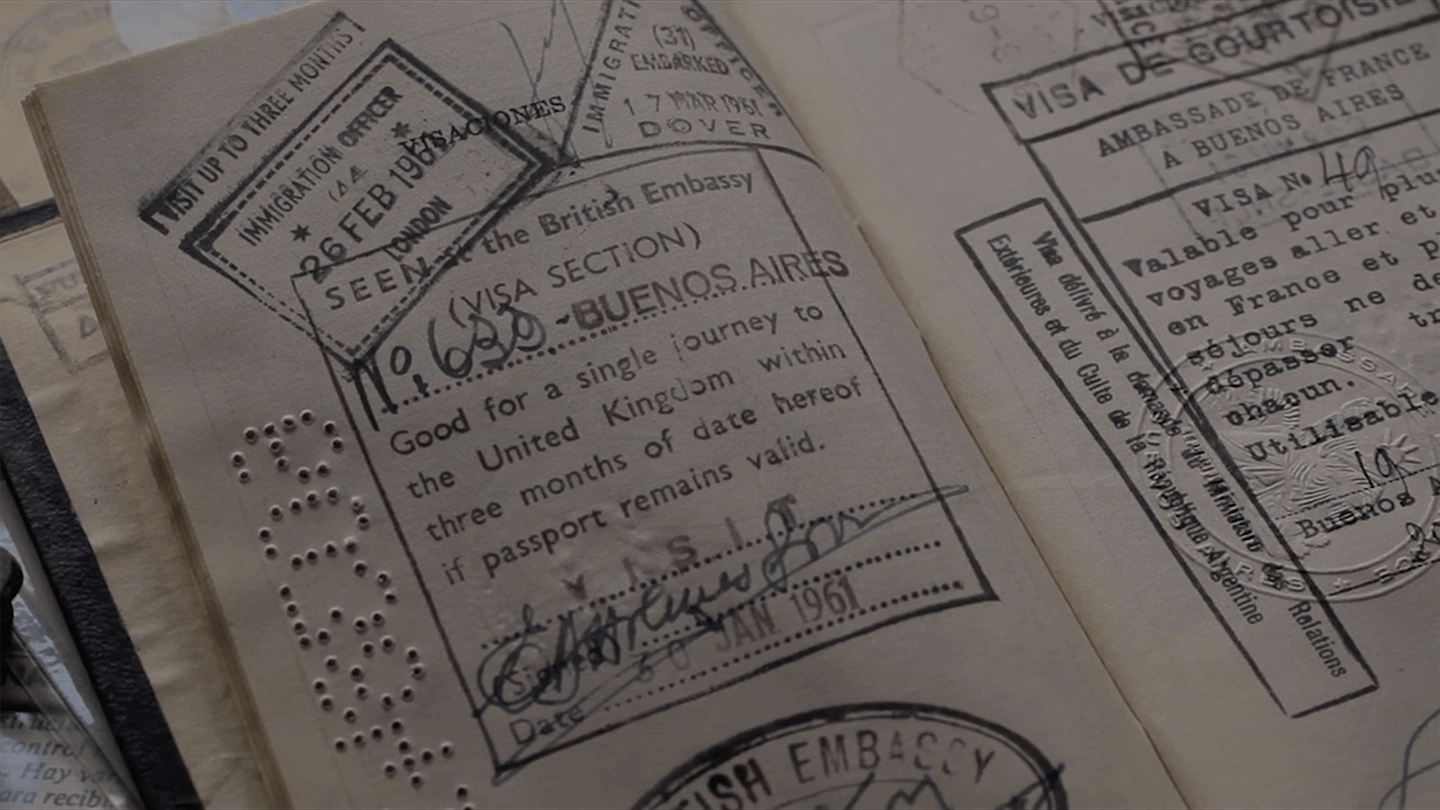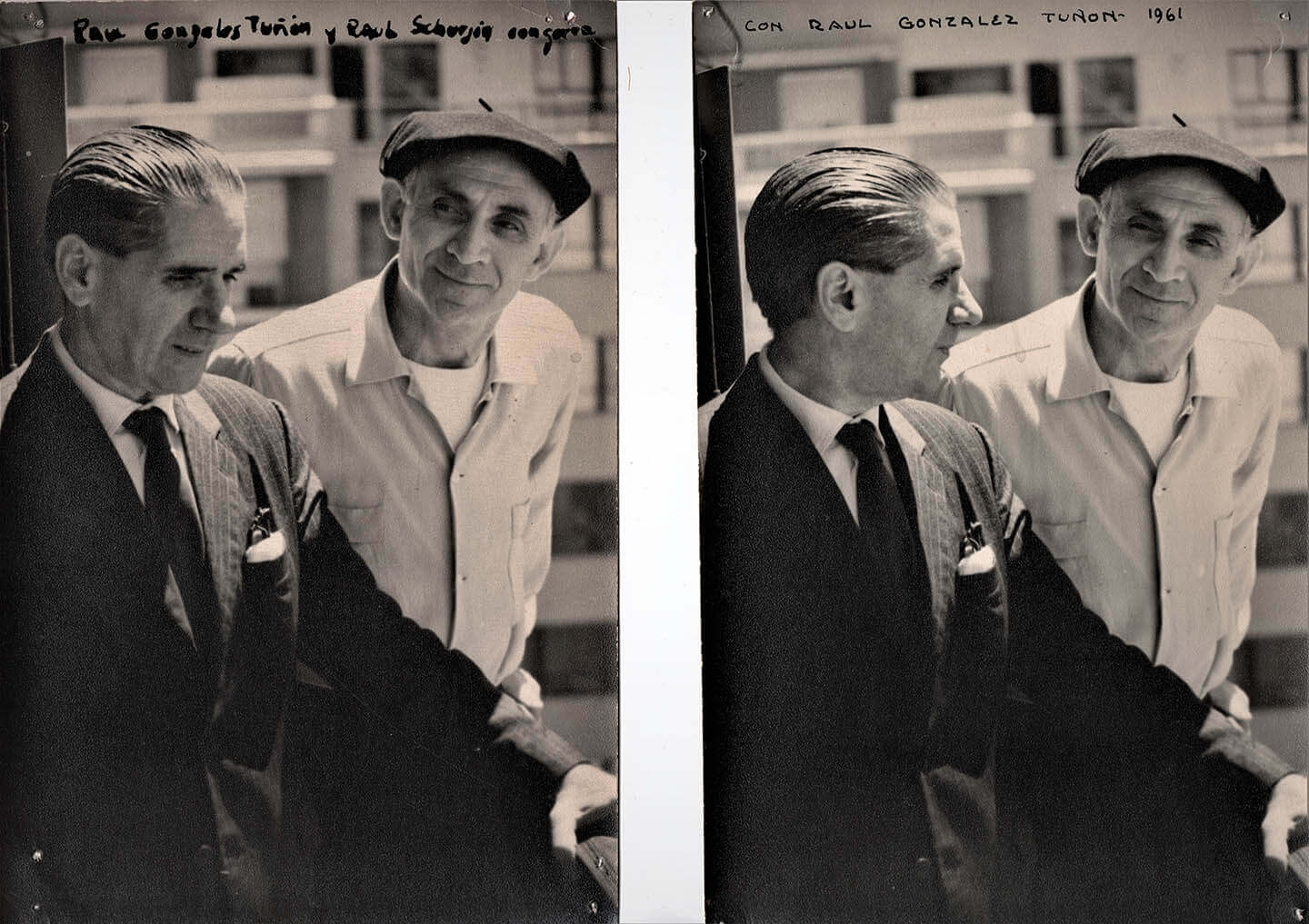Biography
Raúl Schurjin
Raúl Schurjin (1907-1983) was an outstanding painter of humble and coastal scenes of Paraná, with a sensitive look and a subtle brushstroke.
Schurjin was born on February 12, 1907 and died in Buenos Aires on June 30, 1983 at the age of 76. Even though he was originally from Mendoza, he was considered a painter of the province of Santa Fe, as it was there where he did most of his work and lived a large part of his life, working as a teacher and as an artist.
He flew his home at the age of 12 because of the mistreatment his family suffered from his father, especially against Rebeca, Schurjin´s mother. He ran away to Buenos Aires in a freight train, where he met some drifters with anarchist ideals typically brought to Argentina by immigrants from Spain and Italy. They took care of him, sheltered him and exposed him to their ideology.
Initially he lived in the streets of Buenos Aires. His mates were the cold and cigarette butts. He worked as a paperboy and as a shoeshine boy in the streets of the city, doing whatever it took to make ends meet, living, eating and painting.
In those years he met Emilio Centurión, a painter who had the habit of drinking coffee every Sunday morning while reading the newspaper at a coffee shop in the corner of Santa Fe Ave. and Carlos Pellegrini St. Centurión met this “shoeshine boy” who liked to paint and draw, and helped him develop his art. He gave him drawing classes and bought him brushes and paints. At a later stage Schurjin studied painting at the National Academy of the Arts, chaired by Domingo Cullen Ayerza.
“… My studies were quite unsteady as I had a constant need to work for a living. In the end, I actually taught myself.”
In 1927 he moved to Vera, in the province of Santa Fe, where he worked as a drawing teacher at the Technical School No. 285. In 1929 he married Blanca Peñalva, with whom he had two sons, Raúl Jr. and Hillyer. In 1936 Schurjin founded the School of Arts and Crafts of the city of San Lorenzo2 and later he would move with his family to the city of Santa Fe.
Since 1928 he exhibited his work in national and provincial shows, such as in Santa Fe, Rosario, La Rioja, Mar del Plata, Bahía Blanca, Tandil and Mendoza, among others.
Schurjin won the First Prize of the Santa Fe Municipal Exhibition of Local Artists (1928), the Gold Medal of the Santa Fe Provincial Exhibition (1940), the First Prize of the Annual Salon of Mendoza (1949), and a Mention of Honor at the Fine Arts Exhibition of Rosario (1951).
In 1950 Schurjin organized the First National Exhibition of the province of La Rioja and founded the Fine Arts Municipal Museum of the city. He held many solo exhibitions throughout the country, with special note to those in Mar del Plata, Santa Fe, Córdoba, Entre Ríos, Mendoza, Chaco, Corrientes and the city of Buenos Aires.
Initially, his picturesque style included landscapes, portraits, nudes and dead natures, but his most significant work began with the “People of humble lives” series, where he portrayed the undertakings of tireless working men and women. He became truly known, in the end, by his “Coastline Women”, girls, boys and women from the coastline of the Paraná River, marked by a hard yet hopeful life. He made his drawings both in charcoal and with a colorful palette of oils and pastels.
In 1958 Schurjin inaugurated the Hall of Arts of the El País newspaper in Montevideo, displaying thirty of his works. The exhibition´s catalog included a presentation from José de España and poems by José Pedroni and Romilio Ribero, showing the constant two-way interaction Schurjin maintained with many writers, among them Raúl González Tuñón, Miguel Ángel Asturias, Fernán Félix de Amador, Augusto Roa Bastos, Susana Esther Soba, Arnoldo Liberman and Abelardo Castillo.
He returned to Buenos Aires in 1958 seeking better treatment for his wife´s painful illness. Upon their arrival in Buenos Aires, Schurjin and Blanca settled in a modest, 11th floor hotel room on 642 Corrientes Ave., close to Florida St. It was in that hotel that Raúl Monjardín and his father visited him to see his work, a visit that was a turning point in his career. Monjardín described him as “a slightly curved man, with a broad forehead enlarged by his baldness, grey hair on the sides, a thin face with a fine nose, his mouth hinting a smile. A man with a vivid face. His eyes, calm but penetrant, denoted an infinite goodness.
“… It was not an easy decision to make, as it seemed to me that I would have a hard time prospering in the big city. But Tarnopolski encouraged me and organized my first exhibition in his own house. Thus carried by the circumstances, I started working and felt that the city was opening its gates to me thanks to a group of generous friends, among them Tarnopolski, Augusto Mario Delfino, Joaquín Gómez Bas, Carlos Carlino and many others who taught me what solidarity is all about.”
In 1960, a few months after their arrival in Buenos Aires and with the aid of Federico Fernández de Monjardín, a prominent personality of the country´s culture and politics, Schurjin sailed to Europe for a series of exhibitions. The tour was so successful that he sold all his paintings and even had to paint some more while there, to add material for his upcoming exhibitions.
He held exhibitions in London, Zurich, Rome and Hamburg, ending the tour in Spain, where his exhibitions were prohibited by Franco´s totalitarian regime. All that time he corresponded with Monjardín, reporting to him each and every detail of the tour. Success knocked on the artist´s door forever. A man of humble origins transformed into an artist respected by renowned artists and intellectuals of his time.
Hillyer Schurjin, his son, says that “the painters of my father´s time were all in touch with each other. They lived a stirring era of Argentina´s painting. He shared exhibitions with known artists like Soldi, Basaldúa, Policastro and Alonso, among others. My father´s friends were writers, actors, poets, art critics, filmmakers and musicians. Personalities like Miguel Ángel Asturias, Nicolás Guillén, Gudiño Kramer, José Pedroni and a myriad of Spanish intellectuals coming to Buenos Aires before spreading throughout Latin America, running from Franco´s dictatorship and mediocrity.
Back in Argentina, he continued with his local exhibitions throughout the country. He kept transcending and his paintings and drawings were in the homes of many of his compatriots.
The Fine Arts Museum of La Boca, the Rosa Galisteo de Rodríguez Provincial Museum of Santa Fe, the Fine Arts Municipal Museum of Santa Fe and the Municipal Fine Arts Museum of Luján currently hold some of his works. An oil painting, rare due to its size, is part of the permanent collection of the Art Museum of the city of Tigre, which, in its webpage, has some words dedicated to the artist:
“He cultivates the portrait and Santa Fe´s culture and costumes with an expressionist and cartoonish approach. His paintings are inspired in the people of the riverine coastline. The extensive river banks of Santa Fe have given him more than enough material for his “Coastal women and migrant populations” series.
Some critics of his time describe him as a painter of costumes with a sensitive eye and a subtle brushstroke. They called him “the singer of the brush”.
“The Mushroom and the Rose”, an oil painting depicting his pain for the atomic bombing of Hiroshima and Nagasaki, was posthumously donated to the Memorial Peace Museum of Hiroshima, thus fulfilling Schurjin´s humanist will.









